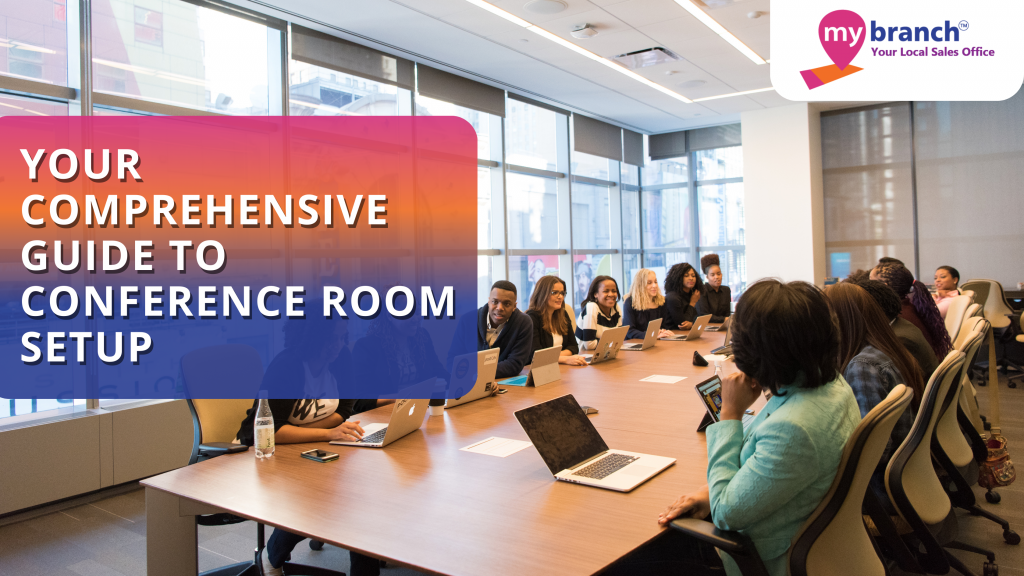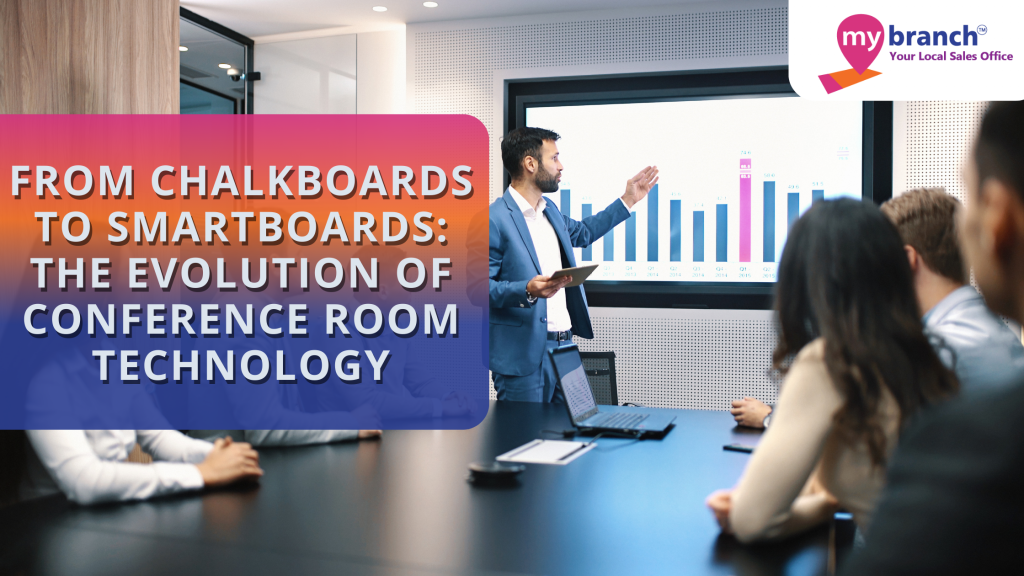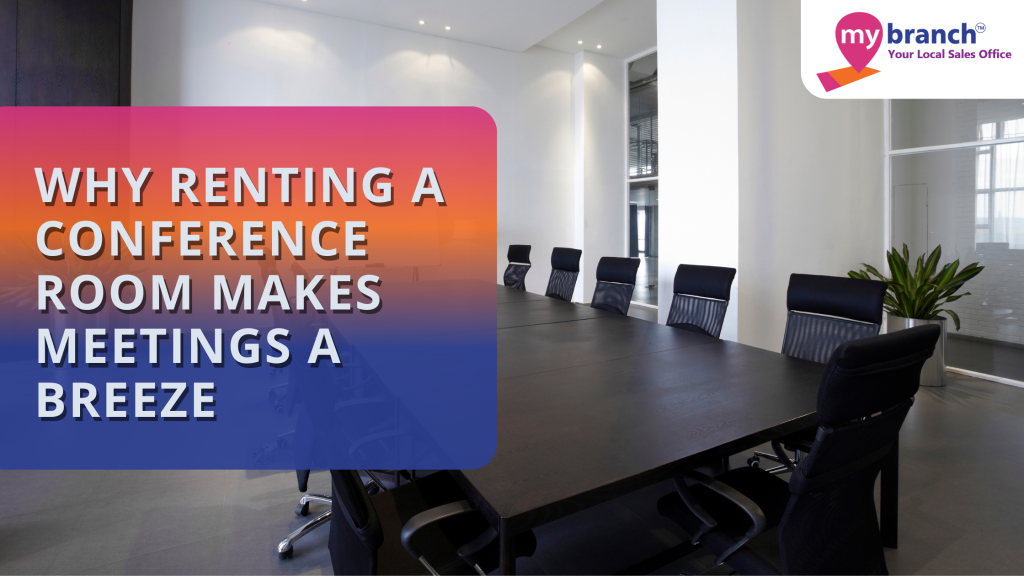
In the world of business, a conference room isn’t just a space with tables and chairs; it’s where ideas are born, strategies are devised, and deals are struck. It’s the canvas on which the art of collaboration and innovation unfolds. In this comprehensive guide, we’ll explore every facet of setting up a conference room, making it an interactive and inspiring hub for your team’s success.
Step 1: The Layout Structure
The first step in creating an effective conference room setup is to envision the layout. How do you want the space to function? Do you aim for a formal and structured boardroom style, where serious discussions and decision-making happen? Or do you prefer a more open and collaborative atmosphere, perhaps with a circular table to encourage free-flowing dialogues? The choice of layout sets the tone for the meetings that will take place within these walls.
Step 2: The Seating Saga
Once you’ve settled on a layout, it’s time to think about seating. Chairs may seem like mundane objects, but they play a crucial role in the comfort and productivity of your meeting attendees. Opt for ergonomic chairs that offer support and adjustability. After all, long meetings are a breeze when you’re sitting in a chair that cares about your back.
Step 3: Tech Talk
In today’s digital age, technology is at the heart of every meeting rooms setup. A reliable audio-visual system is non-negotiable. Invest in a large screen or high-quality projector to ensure that presentations are clear and impactful. Quality sound is equally important, so consider a sound system that fills the room with crisp and immersive audio. These tech elements create a seamless platform for communication, idea-sharing, and decision-making.
Step 4: The Power Play
While we’re on the topic of technology, don’t forget the power outlets. In an era where devices are essential for productivity, you want to ensure that everyone can charge their laptops, phones, and tablets without fuss. Keep outlets conveniently located near the table so that no one has to stretch cords across the room or hunt for an available plug.
Step 5: Light it Right
Ambient lighting plays an important role in setting the mood for your meetings. Adequate and adjustable lighting is crucial. Choose fixtures that allow you to adapt the room’s brightness to various meeting vibes. Soft and warm lighting can create a more relaxed atmosphere for brainstorming sessions, while bright and focused lighting is essential for intense discussions and presentations.
Step 6: The Art of Acoustics
Acoustic considerations often get overlooked in conference room setup, but they can significantly impact the quality of your meetings. The last thing you want is distracting echoes that make it difficult for participants to hear and engage. To combat this, use materials that absorb sound, such as acoustic panels or wall coverings. A carpeted floor can also help reduce noise reflections. Good acoustics ensure that your discussions are clear, crisp, and free from auditory distractions.
Step 7: Greenery Galore
Plants aren’t just decorative; they’re an integral part of your conference room’s setup. A touch of greenery brings life to the space, making it feel more inviting and less unpolluted. Beyond aesthetics, plants also serve the practical purpose of improving air quality. They help create a fresher, more pleasant environment for your meetings.
Step 8: Smart Whiteboards
Gone are the days when whiteboards were solely for scribbling meeting notes and diagrams. Today, smart whiteboards are essential tools for collaboration and brainstorming. They allow you to digitally capture and share your ideas, enabling remote participants to follow along and contribute. Whether you’re mind mapping, drawing charts, or illustrating concepts, smart whiteboards take your presentations to the next level.
Step 9: Snack Station
While the focus is on technology and aesthetics, don’t underestimate the power of a well-stocked snack station. Snacks not only satisfy those mid-meeting hunger pangs but also serve as an excellent icebreaker. They give participants an excuse to step away from the table, mingle, and chat, which can be a refreshing change of pace and a catalyst for creative discussions.
Step 10: Personal Touch
Last but certainly not least, add a personal touch to your conference room. Inject a bit of personality that reflects your company’s culture and values. It could be a wall adorned with inspiring quotes or a timeline of your company’s journey. Artwork, photographs, or objects that tell a story can infuse the space with character and remind everyone of your shared mission.
In conclusion, consider a conference room in your vicinity. You can search for a ‘conference room near me‘ on the internet to find the best options. These spaces offer more than just a physical location; they are the arenas where ideas take flight, decisions are made, and relationships are nurtured. By crafting the right ambiance, you can create an environment that fosters productivity and collaboration, turning your meetings from ordinary gatherings into dynamic hubs of innovation and success. Therefore, let your conference room reflect the magic of what occurs within its walls.


